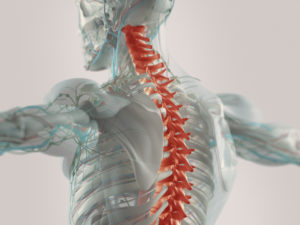A recent study published in the Canadian Medical Association Journal underlines how vulnerable elderly individuals are to traumatic brain injuries, especially when those brain injuries occur as a result of falls. The study found that head injuries are a common result of falls among older individuals living in long-term care facilities.
According to researchers, though all falls are dangerous to elderly residents of nursing homes, forward falls were particularly harmful. The study discovered that attempts by the senior to protect themselves, usually by extending an arm to block the fall, did little to reduce the impact on that person’s brain.
The research was conducted by installing cameras in the common areas of two long-term care facilities and monitoring what happened to residents over the course of several months. The goal was to provide hard evidence about how falls occur and what might be done to reduce the risk of damage from such spills.
Researchers say the cameras recorded 227 falls, nearly 40 percent of which involved an impact to the head, either from the person hitting the floor, the wall or a piece of furniture. Researchers also discovered that in the majority of these cases hands were used to block the impact of the fall yet they proved ineffective in reducing brain damage. This means that seniors reached out, but were ultimately unsuccessful in breaking their falls.
Researchers concluded that several things could be done by nursing homes to reduce the serious risk of traumatic brain injuries related to accidental falls. For one thing, facilities should consider adding softer flooring surfaces. Many long-term care facilities have hard surfaces such as concrete that are then covered by vinyl or linoleum. Softer surfaces can cushion a fall and have been shown in previous studies to dramatically reduce the risk of serious head and hip injuries.
Another option for long-term care facilities is to improve the upper-body strength of residents by engaging in light exercise or physical therapy. This strength training would allow residents to better catch themselves in a fall and reduce the chance of a traumatic brain injury occurring. Experts say anything a nursing home can do to reduce the chance of a head injury should be seriously considered given that more than half of all deaths from falls in older individuals occur as a result of traumatic brain injury.
CA









Comments for this article are closed.